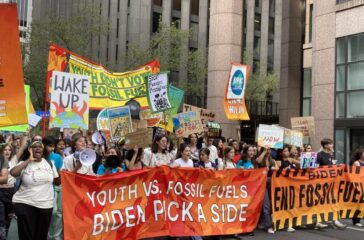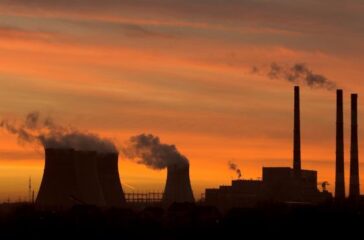In “crucial step”, EPA finalizes rule to reduce cancerous chemical plant emissions
By Carey Gillam
More than 200 US chemical plants face new requirements that should slash toxic air pollution and reduce cancer risks for hundreds of thousands of people living near the facilities, officials said on Tuesday.
 EWG
EWG



